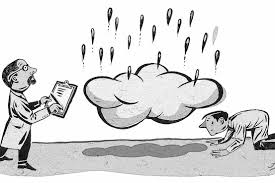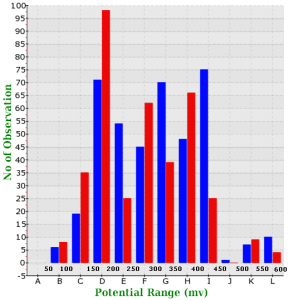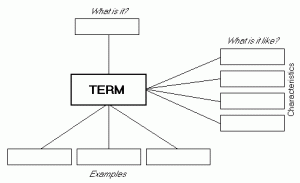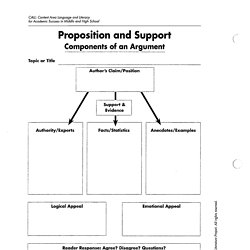Metacognition means, simply, thinking about one’s thinking and realizing if you are comprehending what you are thinking. Modeling thinking is one metacognitive approach to instruction that Buehl (2014) found increases student’s abilities to transfer or adapt their learning to new informational contexts. To do this, instructors need to think aloud their approach to concepts and guide learning by creating a context for understanding. This can be done by thinking aloud or by guiding students’ thinking with concept related questioning. For example, if the concept is framed through comparison and contrast, then the instructor can discuss how things differ and/or how things are the same. A Venn diagram also creates a visual mental map in which to frame thinking and organize information. In the chart below, different contextual frames are offered with possible questions and graphic organizers that students/instructors can use for gathering or presenting information thus guiding their thinking. Guiding thinking by establishing a framework for understanding helps with comprehension and transferring of concepts to other situations. How might some of these conceptual frames apply to your content area? How can you weave them into your lectures, in class or homework activities? Give me a call or drop me an email if I can help you brainstorm implementing these strategies.
| Conceptual Frame | Questions to Guide Thinking |
Visual Images for Framing Thinking |
| Problem/Solution
|
|
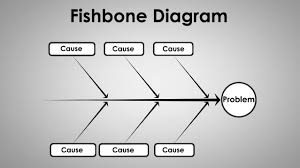 |
| Cause/Effect
|
|
 |
| Compare/Contrast
|
|
 |
| Concept, Definition
|
|
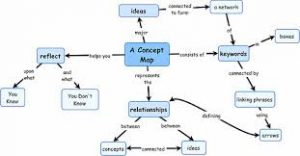 |
| Proposition/Support
|
|
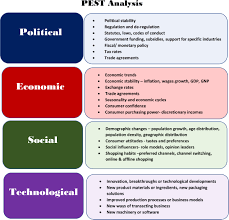 |
References
Baker, L. How do we know when we don’t understand? Standards for evaluating text comprehension. In D.L. Forrest, G. E. MacKinnon, & T. G. Waller (Eds.), Metacognition, cognition and human performance. New York: Academic Press, in press.
Bransford, John D., Brown Ann L., and Cocking Rodney R. (2000). How people learn: Brain, mind, experience, and school. Washington, D.C.: National Academy Press.
Buehl, D. (2014). Classroom strategies for interactive learning (4th ed.). Newark, DE: International Reading Association.



